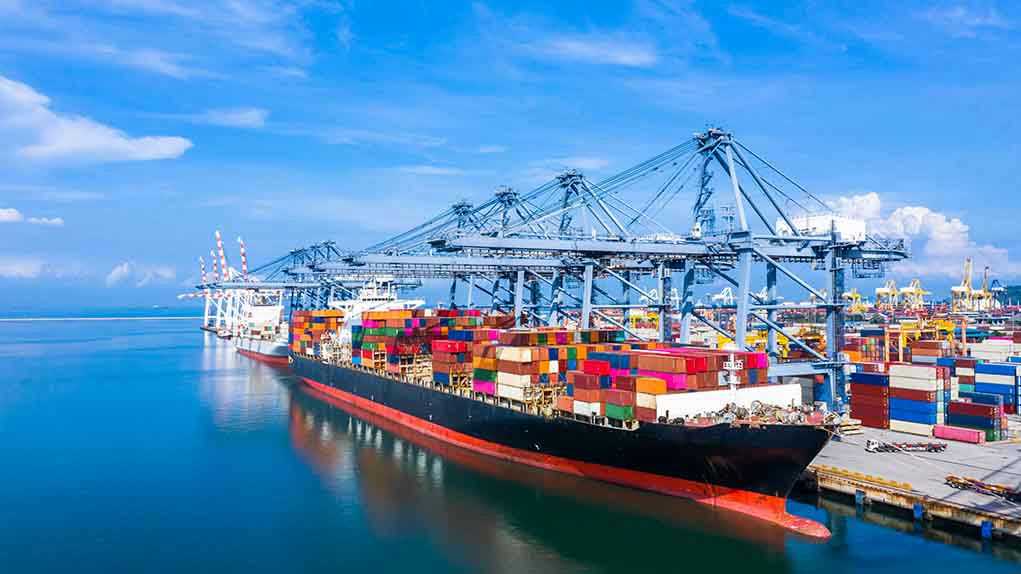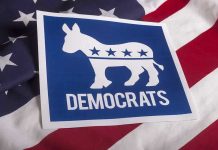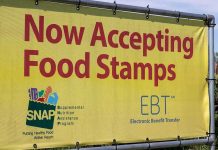
American importers are racing against the clock, flooding the Port of Los Angeles with record shipments to dodge steep Trump tariffs set to hit in August—causing economic whiplash, chaos in supply chains, and an all-out scramble in the business world to avoid another round of punishing costs.
At a Glance
- Port of Los Angeles logs its busiest June ever as companies rush to beat new Trump tariffs.
- Importers face shipping costs that have exploded from $2,000 to as high as $50,000 per container.
- U.S. exporters, especially farmers and manufacturers, suffer from retaliatory foreign tariffs and falling sales.
- Retailers are shifting strategies, finalizing holiday orders early and seeking alternatives to Chinese suppliers.
Record-Breaking Import Surge as Tariff Deadline Looms
The Port of Los Angeles, the nation’s largest container port, is seeing a surge so intense it nearly defies belief. In June, the port shattered all previous records, processing more than 892,000 TEUs (twenty-foot equivalent units)—an 8% increase over last year. What’s driving this import stampede? The answer is clear: with President Trump’s new tariffs on Chinese goods set to rise sharply in mid-August, importers are sprinting to beat the clock. This isn’t a sign of economic strength; it’s a classic case of government policy creating chaos, forcing businesses to front-load inventory and gamble on unpredictable regulations. The result is a temporary boom in port traffic, but one that’s about to slam into a brick wall the moment those tariffs hit.
Retailers and logistics companies are feeling the pain. Bobby Djavaheri of Yedi Houseware put it bluntly: before the tariffs, shipping a container cost between $1,500 and $2,000. Now? Try $40,000 to $50,000. That’s not just sticker shock—it’s a symptom of a broken system where government intervention and endless policy churn send costs soaring for every American family. Retailers are scrambling to finalize holiday orders early, shifting some sourcing to Southeast Asia, and cutting back to only the most essential goods. But even these strategies offer little relief when the rules—and the taxes—keep changing on a political whim.
Exporters and Small Businesses Left in the Dust
While importers race to fill warehouses, U.S. exporters—especially in agriculture and manufacturing—are quietly getting crushed. Retaliatory tariffs from China and other trading partners have sent exports tumbling, with a 3.5% drop compared to last year. American farmers and factory workers, who should be thriving, are instead watching foreign markets dry up and orders evaporate. Small businesses are hit hardest, lacking the resources to absorb these shocks or find new buyers overnight. For them, the so-called “tariff whipsaw effect” is not an abstract concept—it’s a direct threat to their survival and the jobs they support.
Gene Seroka, executive director of the Port of Los Angeles, summed up the madness: “Shifting timelines simply mean shifting volume and more uncertainty here at the Port of LA… I expect volume to ease because of those new tariffs being in place, making it more costly for American importers.” In plain English: the only thing these shifting policies guarantee is more confusion and higher costs. The National Retail Federation is already warning of a double-digit decline in cargo volumes from August through November, as the rush ends and the reality of higher tariffs sets in.
The Ripple Effect: Supply Chains, Jobs, and American Families
This artificial surge—created by the latest volley in the endless U.S.-China trade spat—means more than just crowded ports. Supply chains are being thrown into chaos. Shipping and logistics companies face wild swings in demand, with operational headaches and price spikes hitting everyone from truckers to warehouse workers. There’s a real risk of an inventory glut if consumer demand softens, which could lead to markdowns, layoffs, and financial pain for businesses already stretched thin by years of inflation and government overreach.
Consumers will not escape unscathed. Higher import costs trickle down to store shelves, hitting working families with higher prices and fewer choices. The same government that promises to protect American jobs is putting them at risk with every new round of tariffs and trade threats. Meanwhile, efforts to diversify away from China are hampered by the reality that many products still depend on Chinese components, leaving businesses with few good options.
Sources:
Port of Los Angeles News Release (June 2025)
Transport Topics: Port of LA June 2025
Port of Los Angeles News Release (April 2025)

















